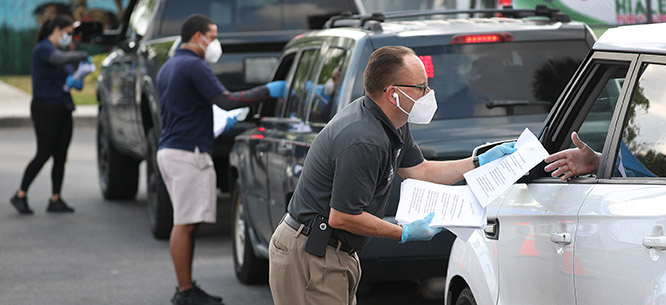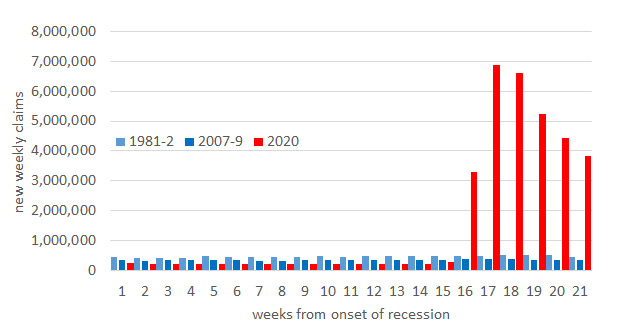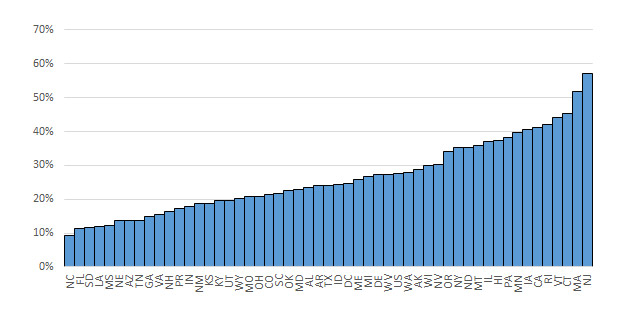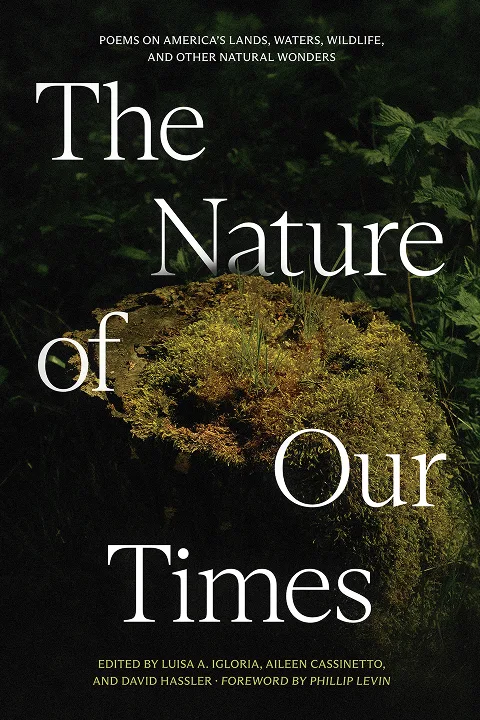Understanding the Unemployment Crisis
Understanding the Unemployment Crisis
What’s behind the drive to “re-open”? Some state governments just want to return to how they previously used unemployment insurance: not to cushion the blow of job loss but to compel participation in the labor market.

[contentblock id=coronavirus]
The COVID-19 unemployment crisis has unfolded so suddenly and rapidly that we don’t yet have a firm grasp on its full dimensions. For the past six weeks, our best data point has been the Department of Labor’s Thursday morning release of new “advance” unemployment claims for the previous week. This has yielded the now-ubiquitous “hockey stick” graph—a long, nearly flat line of weekly claims data (mostly in the range of 200,000 to 500,000 a week), ending with a series of alarming spikes: 3.3 million for the week of March 21; 6.9 million for March 28; 6.6 million for April 4; 5.2 million for April 11; 4.4 million for April 18; 3.8 million for April 25.
This week-by-week view is misleading in a number of respects. For a clearer benchmark of the scale and speed of job losses, let’s compare these past few weeks to the onset of previous recessions. The figure below compares the last twenty-one weeks (since mid-December 2019) to the first twenty-one weeks of the recession of 1981–1982 and the Great Recession (2007–9). New unemployment claims over that span totaled 9.4 million in 1981–2 and just over 7 million in 2007–8; the total for the past twenty-one weeks is 33.6 million. Before this year, the worst six-week stretch of new unemployment claims was 3.9 million at the tail end of the 1981–2 recession; new claims over the last six weeks—at 29.8 million—are more than nine times that.

Source: Department of Labor, Unemployment Insurance Data
The new claims data is also an unreliable index of the actual unemployment rate. In one respect, one can view this data cumulatively: new applicants show up in the system one week as an “advance” claim; their application is approved and they become a “continuing” claim. But the “insured unemployment rate” (the share of the workforce receiving benefits) is but a fraction of the real unemployment rate (the share of the workforce out of work and looking for work).
The reasons for this are simple. First, our patchwork unemployment system (in which states are largely responsible for setting benefits and the terms of eligibility) clings to a twentieth-century model of “covered employment” that disqualifies the self-employed, new entrants to the labor market, independent contractors, and others. Second, many states (most infamously Florida) use a combination of complex application processes, rigid disqualification standards, and truncated benefit duration to actively discourage workers from accessing benefits. As a result, the share of the unemployed actually receiving benefits (see Figure 2) is under a third in most states, and over half in only two.

Source: Department of Labor, Unemployment Insurance Data
What this means, of course, is that the stratospheric claims data of the last few weeks understates the problem at hand. The unemployment provisions of the Families First Coronavirus Response Act and the CARES Act were supposed to loosen up state programs by suspending waiting periods and work search requirements, expanding eligibility, extending the duration of benefits, and supplementing state benefits with a $600 weekly bump through the end of July. But none of this has transpired as hoped. State programs lacked the technical and administrative capacity to process the avalanche of claims, let alone cobble together new application portals for those conventionally ineligible. Drawing on an innovative national survey of UI applicants, Ben Zipperer and Elise Gould of the Economic Policy Institute (EPI) estimate that between 9 and 14 million workers either could not access their state’s application system or were discouraged from even trying to do so.
Claims data and the unemployment rate (based on household and establishment surveys) released in early May will also understate the jobs crisis in another important respect. As EPI’s Heidi Sherholz points out, both the general economic situation and the particular obstacles to new employment raised by the “lockdown” are likely to push people out of the labor force entirely. The conventional unemployment rate does not count those who have dropped out of the labor force, those who would take a job but have given up looking, or those who would take full time work but can only get part-time hours.
Finally, the whole logical fabric of the federal stimulus has unraveled. The Paycheck Protection Program (forgivable loans to small business to maintain their payrolls) ran out of money so quickly it did little to check the flood of UI claims. The unemployment provisions of the Families First and CARES Acts—built around the assumption that people could not and should not be looking for work—were painfully slow to roll out everywhere. And they have been so narrowly interpreted in many states that anything short of a positive COVID test is insufficient grounds for leaving a job or not looking for one.
State labor departments should be in the business of shoveling federal money (for supplemented, expanded, and extended benefits) in the front door and shoveling it out the back—to working families—as fast as they can. Instead, many states (even those, like Georgia or Iowa, still well on the wrong side of the COVID curve) are pressing to “re-open” as quickly as they can.
The point of this, of course, is to stop the bleeding from state unemployment reserves, and to dramatically constrain workers’ options. By cutting short the relative generosity of the federal benefits, state unemployment insurance systems can revert to their regular modus operandi—which is aimed less at cushioning the blow of unemployment than it is at compelling participation in the labor market.
Consider Iowa. The governor’s announcement earlier this week that restrictions would be lifted in seventy-seven of the state’s ninety-nine counties was accompanied by a directive from Iowa Workforce Development warning workers that “refusing to return to work when recalled” for any reason other than those narrowly proscribed or any “attempt to continue to draw unemployment benefits will be considered a ‘voluntary quit,’” and that continuing to draw benefits carried with it “serious consequences for fraud, including fines, confinement and ineligibility for future unemployment benefits.”
In a state still reeling from COVID outbreaks in meatpacking plants, this move—accompanied in short order by Trump’s executive order to keep meat and poultry processing facilities open—left little doubt as to state and national priorities. The chilling directive flies in the face of both state law (under which workers are entitled to benefits if they leave a job due to “unsafe working conditions” or “intolerable or detrimental working conditions”) and the CARES Act (which expanded and extended benefits precisely to make it feasible and possible for workers to shelter at home).
The message it sends Iowa’s workers (and those in other “re-opening” states) is clear: back to work now, we think it’s worth the risk.
Colin Gordon is a professor of history at the University of Iowa. He is the author of, most recently, Growing Apart: A Political History of American Inequality and Citizen Brown: Race, Democracy, and Inequality in the St. Louis Suburbs.






